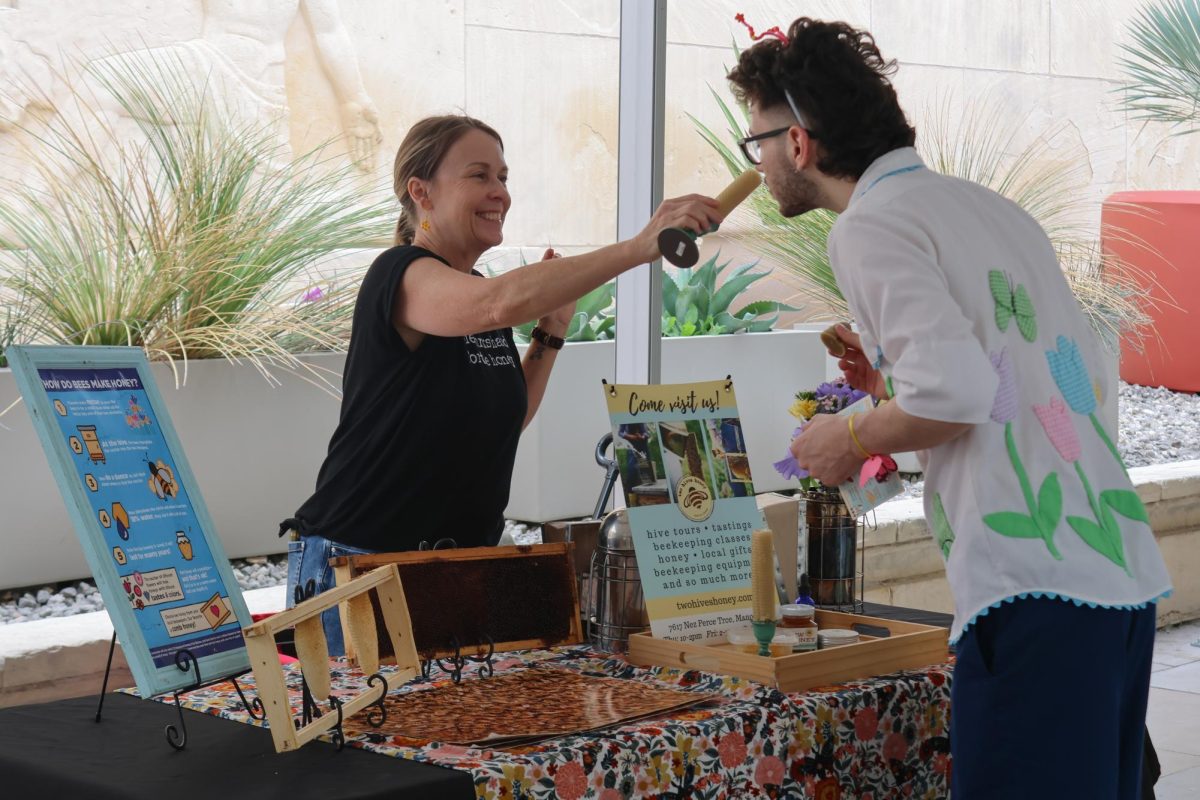An increasing number of struggling families who face unemployment or low wages depend on food supplies from local food banks, resulting in challenges for these food banks to supply a sufficient quantity of nutritional foods to food pantries across the country. The increased demand is pushing suppliers to focus on both what they are feeding people and how many people they are feeding.
John Turner, senior director of marketing and branding for the Capital Area Food Bank of Texas, said both the cost of living in Austin and static incomes have had a noticeable effect on the quantity of food being distributed in the past few years.
“We have been working at an operational capacity at this facility,” Turner said. “In the last four years or so, we’re serving about 50 percent more people than before, and over the last three years, on average, we’ve distributed about 2 million pounds of food every single month just out of this food bank. Basically the entire contents of our warehouse has been replaced every single month for three years.”
Turner said the facility is taking measures to ensure nutritious foods are prioritized over those with high sodium and sugar contents. He said they have a team of registered nutritionists on staff and a comprehensive program called the Choosing Healthy Options Program to promote the acquisition, distribution and consumption of healthier food.
Terri Romine-Ortega, U.S. Department of Agriculture spokeswoman, said the focus of food distribution, especially among food banks, is shifting from giving anybody what they can to providing nutritious and quality foods for low-income families.
“A food bank in Northern California received a massive amount of Coke and it suddenly hit them that they were distributing very unhealthy food to people who need to have nutritious food coming in,” Romine-Ortega said. “These food banks now have to think about the decisions they are making and whether or not they restrict the donations they get to only nutritious quality foods or if they just feed people because they are hungry.”
Marsha Bukofzer, spokeswoman for the Community Food Bank of Eastern Oklahoma, said the food bank does not turn anything away, so it often ends up with less nutritious foods — sometimes from large donors including Pepsi. If the food bank receives candies or sodas of any type, instead of turning them away, it sorts them and distributes them to food pantries, Bukofzer said.
“A lot of food is donated and a lot of it can be from different companies that for one reason or another are not able to use the food,” Romine-Ortega said. “A truck that spills over on the highway can’t use any of that food even though 90 percent of it is OK. We may get a lot of sodas and Gatorades, but our agencies are able to use that in a lot of different ways.”
Bukofzer said the Eastern Oklahoma food bank has a purchased-food program in which 25 percent of its purchased-food budget goes to produce. The food bank relies heavily on donations, but it is making the effort to have a healthier mix of foods, Bukofzer said.




















